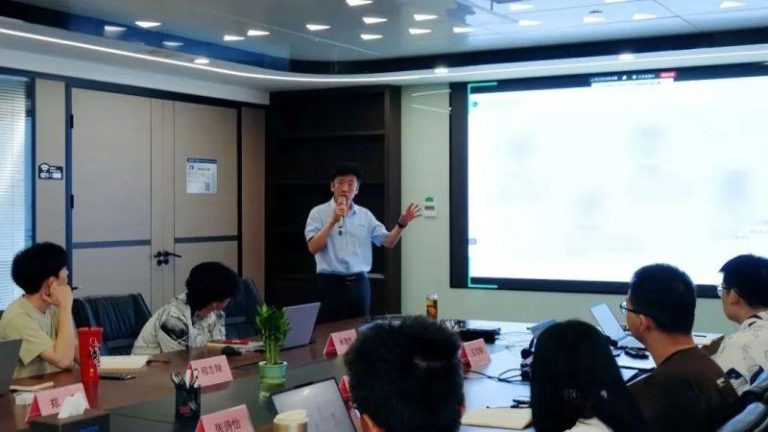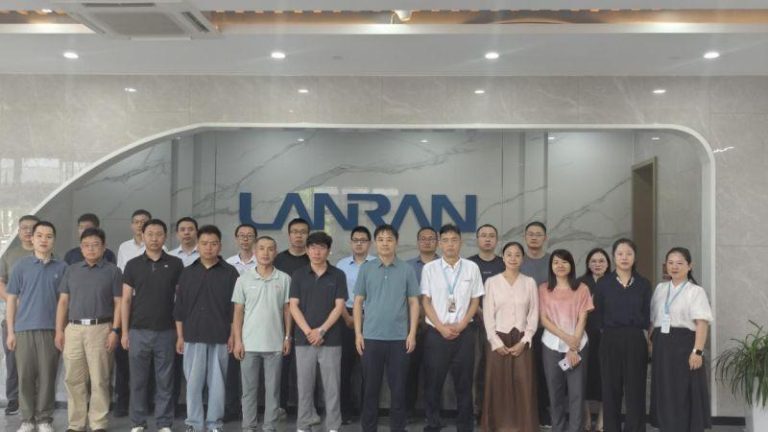
How BPED Works — Turning Salt into Acid and Alkali
Bipolar Membrane Electrodialysis (BPED) is an electrochemical separation process that enables the direct conversion of neutral salts, such as sodium sulfate (Na₂SO₄), into valuable acids and bases without the use of added chemicals.
What Happens in BPED?
1️⃣ Feed Preparation
Sodium sulfate is dissolved in water, dissociating into Na⁺ and SO₄²⁻ ions.
2️⃣ Ion Migration
Under an electric field,
Na⁺ passes through a cation exchange membrane (CEM)
SO₄²⁻ passes through an anion exchange membrane (AEM)
These ions are directed into separate compartments.
3️⃣ Water Splitting at the Bipolar Membrane
At the bipolar membrane (BPM) interface, water molecules are dissociated into H⁺ and OH⁻ ions.
4️⃣ Product Formation
Na⁺ + OH⁻ → NaOH (in the base compartment)
H⁺ + SO₄²⁻ → H₂SO₄ (in the acid compartment)
🔄 Result: From a single salt feed, two valuable products – acid and base are generated.
Why This Matters for Industry?
🌟 Enables resource recovery from wastewater
🌟 Reduces reliance on external acid/alkali dosing
🌟 Supports zero liquid discharge (ZLD) and circular economy models
🌟 Applicable in industries such as textiles, pharmaceuticals, chemicals, and coal chemicals
At Lanran Tech, our BPED systems are engineered with high-efficiency membranes, low energy consumption, and stable long-term performance, helping our clients turn waste into a resource and compliance into value.




